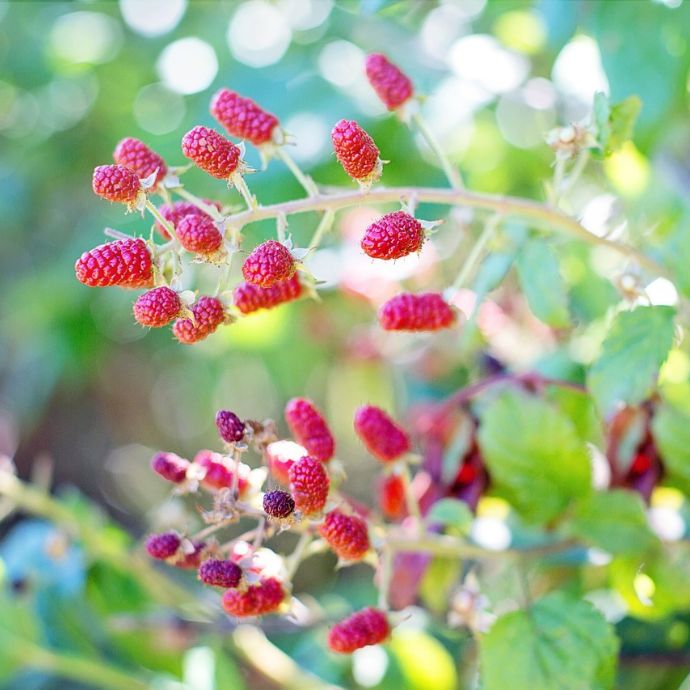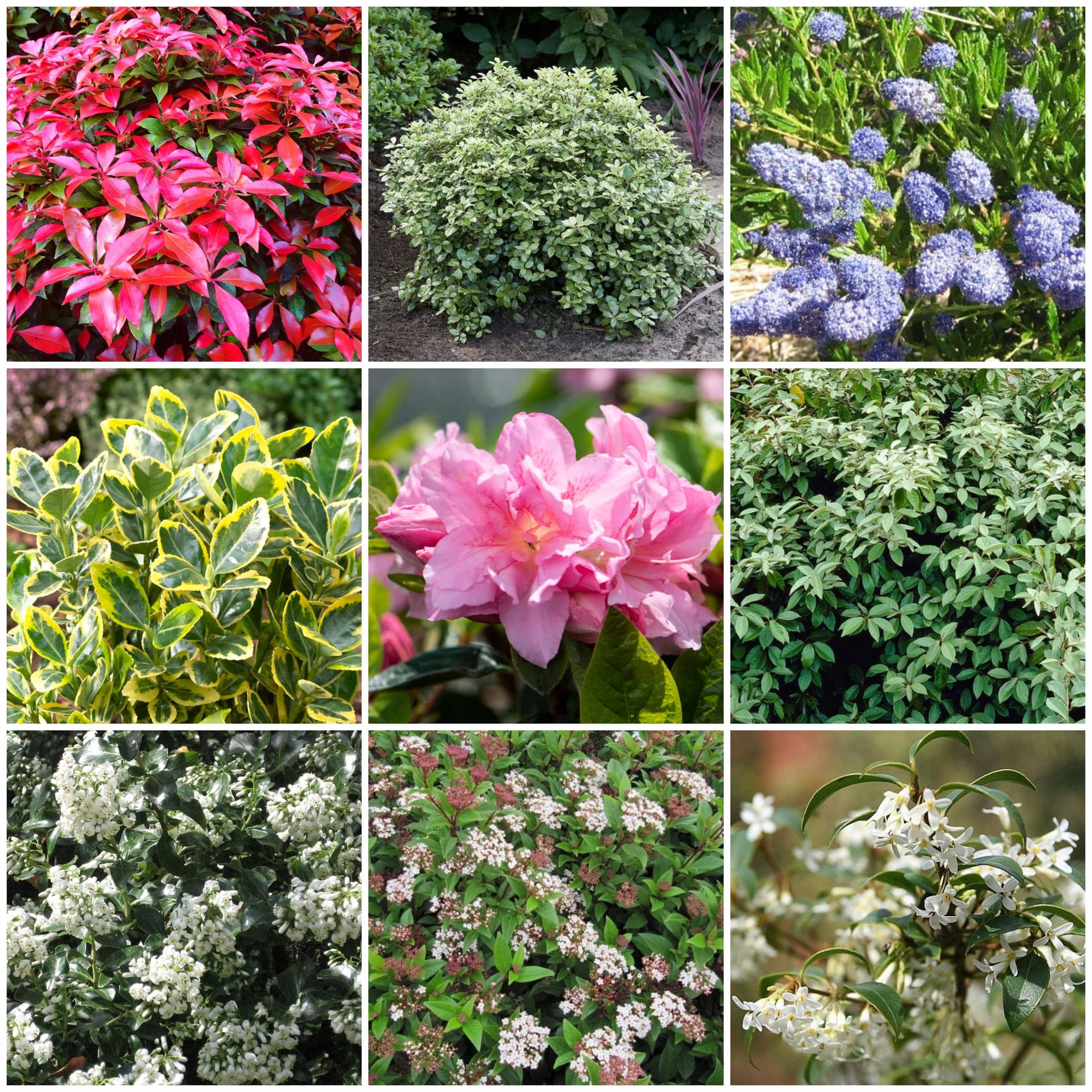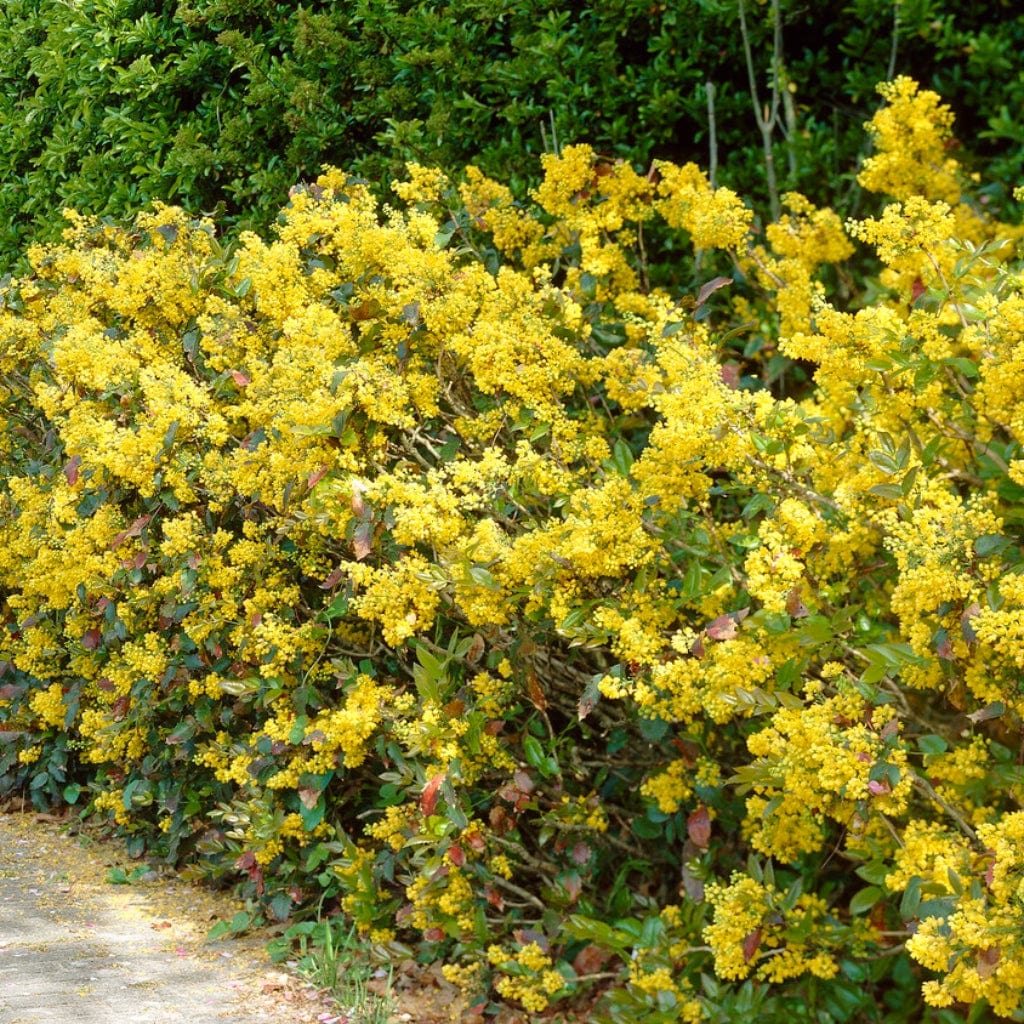Advice & Inspiration
Garden Jobs for February
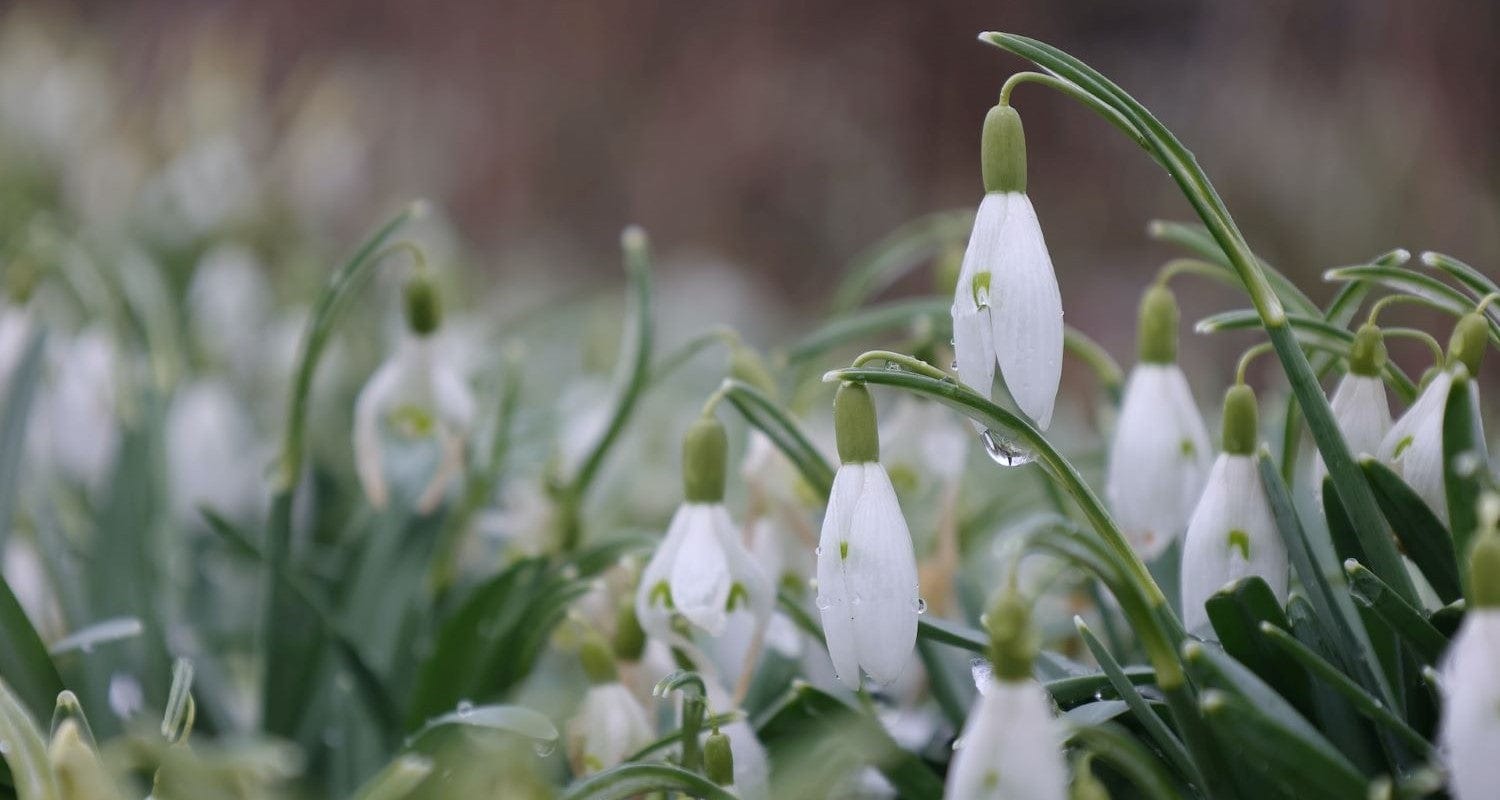
We’ll be the first to admit it - February is no one’s favourite month of the gardening year! If you’re anything like us, you’ll be counting down the days until spring, when you can start planting again and eagerly tending those first green shoots. But that doesn’t mean you can’t get busy in the garden right now. February is all about preparation, and making sure you have everything in place to give your plants the best possible start. Here’s our monthly to-do list, that’s the weekend sorted!
Jump to:
- Wisteria
- Fertiliser
- Equipment
- Vegetable beds
- Peach trees
- Bare roots
- Bird feed
- Ponds
- Hedges & climbers
- Planting
1. Prune wisteria and late flowering clematis
Pruning your wisteria now will mean more prolific flowering in the spring, so it’s well worth doing. Cut back all of the side shoots to three buds from where they join the main stem to promote more vigorous growth and strength. It’s also time to prune late flowering (Group 3) clematis varieties including Viticella, Tangutica and Orientalis. Cut back all of the stems to a healthy bud around 10-30cm from the base. Other pruning jobs that can be done this month include dividing perennials and trimming back winter flowering perennials like heathers and winter jasmine once they’ve finished blooming.
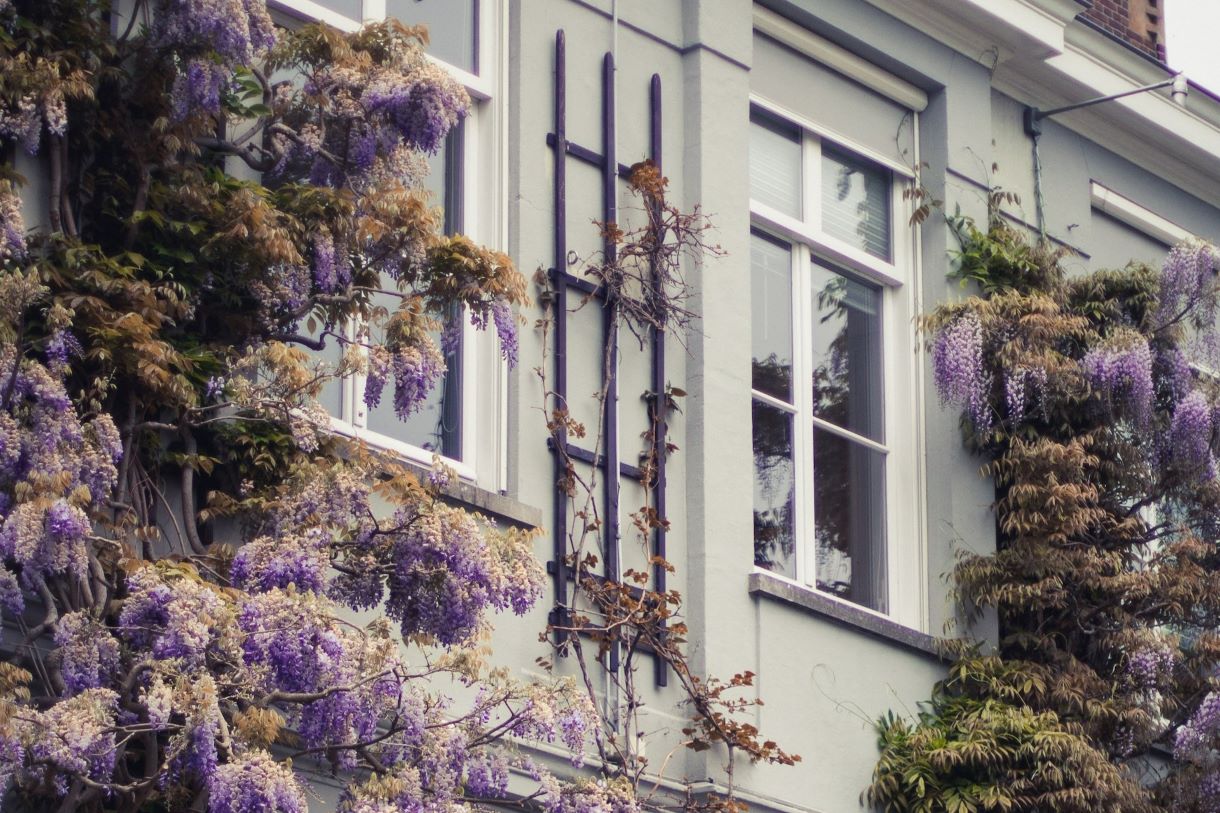
2. Feeding
February is the ideal time to get your plants in top condition for the new growing season. Feeding them now will allow them to put on healthy growth and encourage flowers or fruit. For fruit trees and bushes, sprinkle some granulated potash fertilizer around the base of the plant. Do the same for roses and other flowering shrubs with a slow release general purpose or rose feed, then add a layer of well rotted manure at the base. While your beds are relatively bare, you can also improve your soil by raking over some fresh compost - top up your pots while you’re at it.
3. Check tools and equipment
Not the most exciting job, I’ll admit, but making sure everything works properly can save you a lot of time and frustration later. Now’s the time to clean the dried grass off your lawnmower, check the hedge-trimmer blades and check that your hand tools are in good working order. If you’re feeling really keen, why not tidy the shed too?
4. Prepare vegetable beds
Whichever vegetables you’re planning to grow this year, give them the best chance at a flying start by preparing your raised beds, borders and pots now. First, remove all weeds and turn over the soil with a fork or hand rotivator, then mix in a good amount of new compost to raise the nutrient content. It will also save you time later on if you sort out and clean your canes, supports and cloches now. If you have a greenhouse, give it a good clean while it’s empty - if there’s any dirt or fallen leaves on the panels, it could limit the amount of sunlight your plants get.
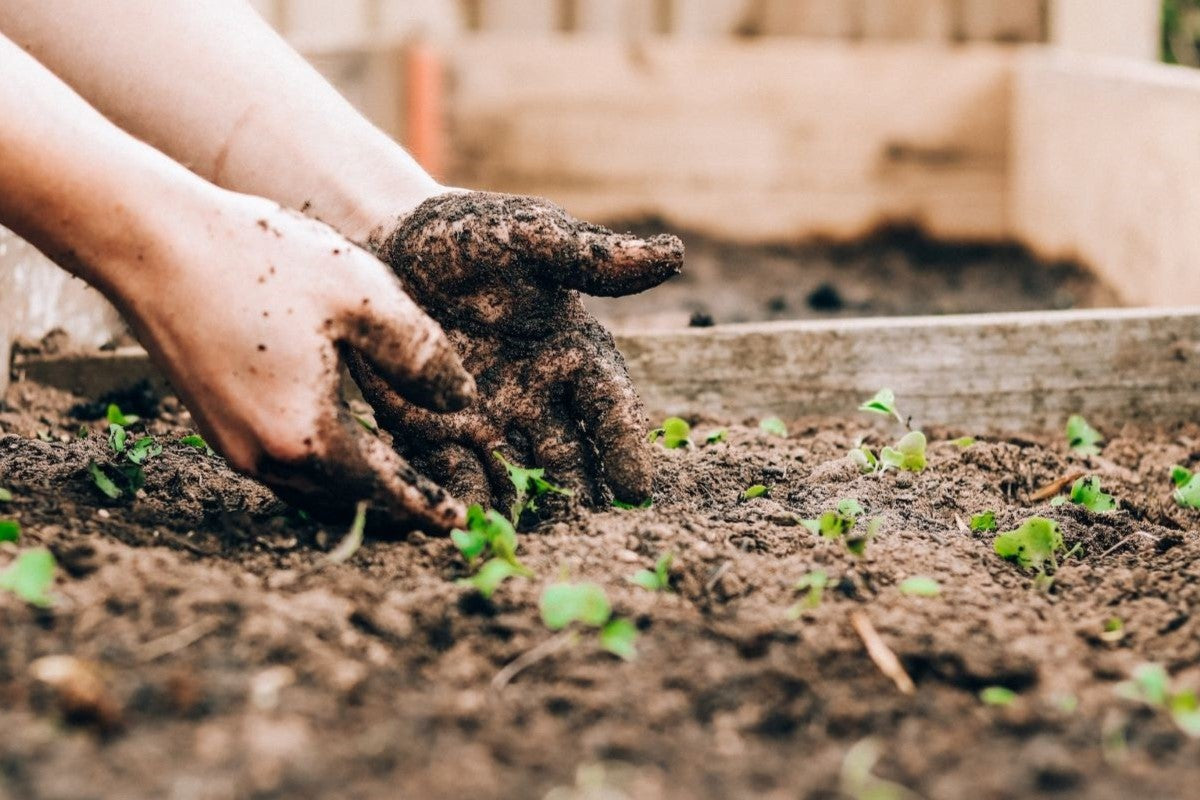
5. Protect and pollinate peach trees
If you have peach, nectarine or apricot trees, keep a close eye on them in case you get early blossom. This needs to be carefully protected from frosts so that the trees will fruit in the summer. You can do this by gently wrapping the tree in garden fleece whenever frost is forecast. As there aren’t many pollinating insects around at the moment, you’ll need to hand pollinate any blossom with a soft paintbrush in order to secure a good crop. Do this by collecting pollen from the tips of the stamens (the male part of the flower) and brushing it onto the sticky stigma (the female part) which rises from the centre of the flower. We promise it’ll be worth the effort!
6. Plant bare roots
Trees, shrubs and soft fruit plants remain dormant (not growing) until around March, so you still have time to plant them in bare root form - a cheaper, easier and more sustainable way of planting than buying potted trees. As long as the ground isn’t frozen or water-logged, your bare root plants will settle happily into their new positions and will be ready to burst into life in the spring. That’s not all you can plant - it’s a good time to pot up hardy spring bedding like primroses, winter forget-me-nots and wallflowers for a welcome splash of colour.
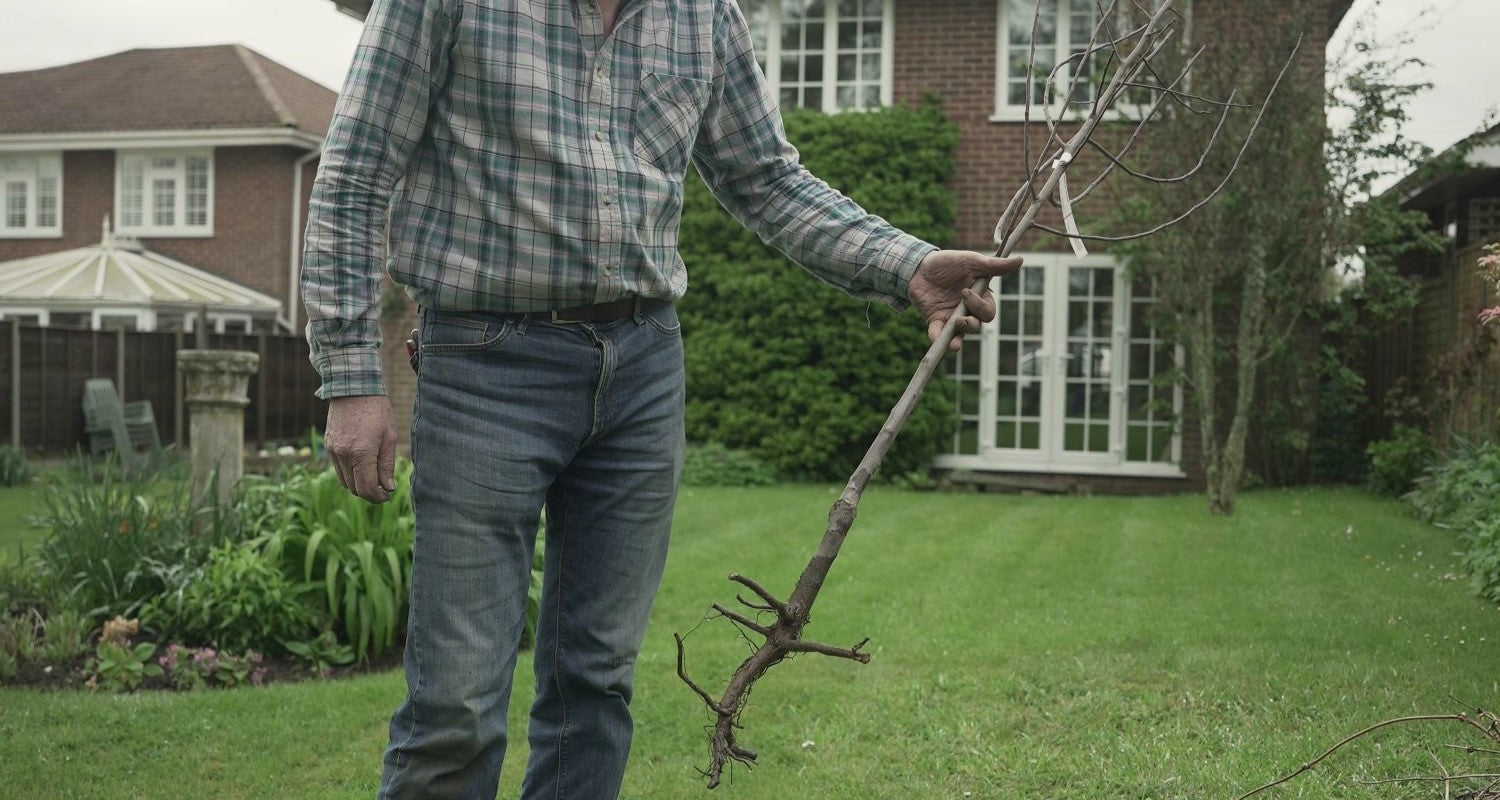
7. Feed the birds
It becomes even more important to feed garden birds in February, as the mating season approaches. To provide essential fats, make or buy fat balls with added seeds - hang them near roses to attrract blue tits and other small birds. You’ll probably find they come for the fat balls and stay to forage overwintering pests - everyone wins!
8. Pond maintenance
It’s easy to ignore your pond during the winter, when it might provide little visual interest - but a little preparation now can really enhance this feature for you to enjoy all year. It’s not too late to cut back dead foliage from marginals like crocosmia and irises - you can prune these down to a few centimetres above the base, being careful to avoid any new shoots. Clear any fallen leaves from the surface and check the pond edges for dead foliage and plant debris - the frogs will thank you later!
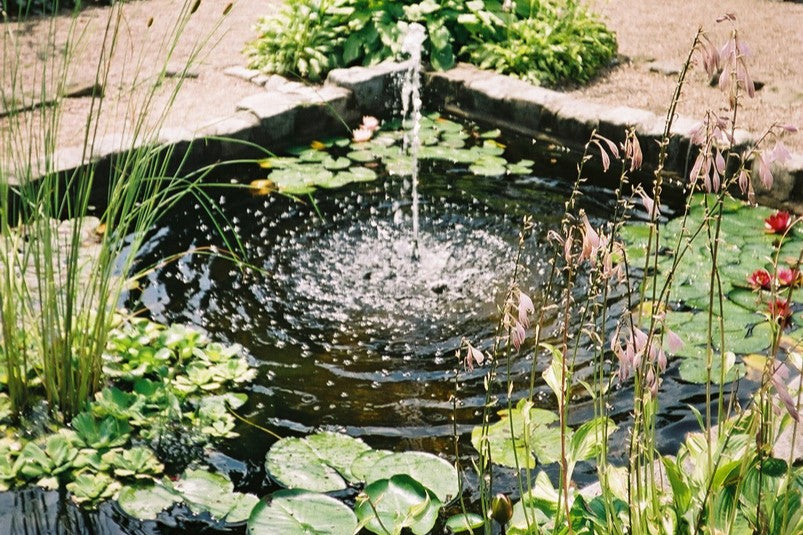
9. Trim hedges and climbers
You have a narrow window of opportunity when it comes to the ideal time to prune climbers and hedges. February hits the sweet spot between new growth starting and the birds starting to nest, after which you won’t be able to do it until the chicks have grown up and flown. Give ivy, climbing roses and Virginia Creepers a thorough trim now and they’ll remain at a manageable size until autumn.
10. Planting and ordering
Isn’t this everyone’s favourite garden job? Put the kettle on, fire up the wifi and make a list of all the new plants you want to grow this year. Make sure you choose a mixture of tried and trusted favourites and things you’ve never tried before - be sure to check out this year’s new varieties too! Order your seeds now for early spring planting, or give yourself a better chance of success by using plug plants.
